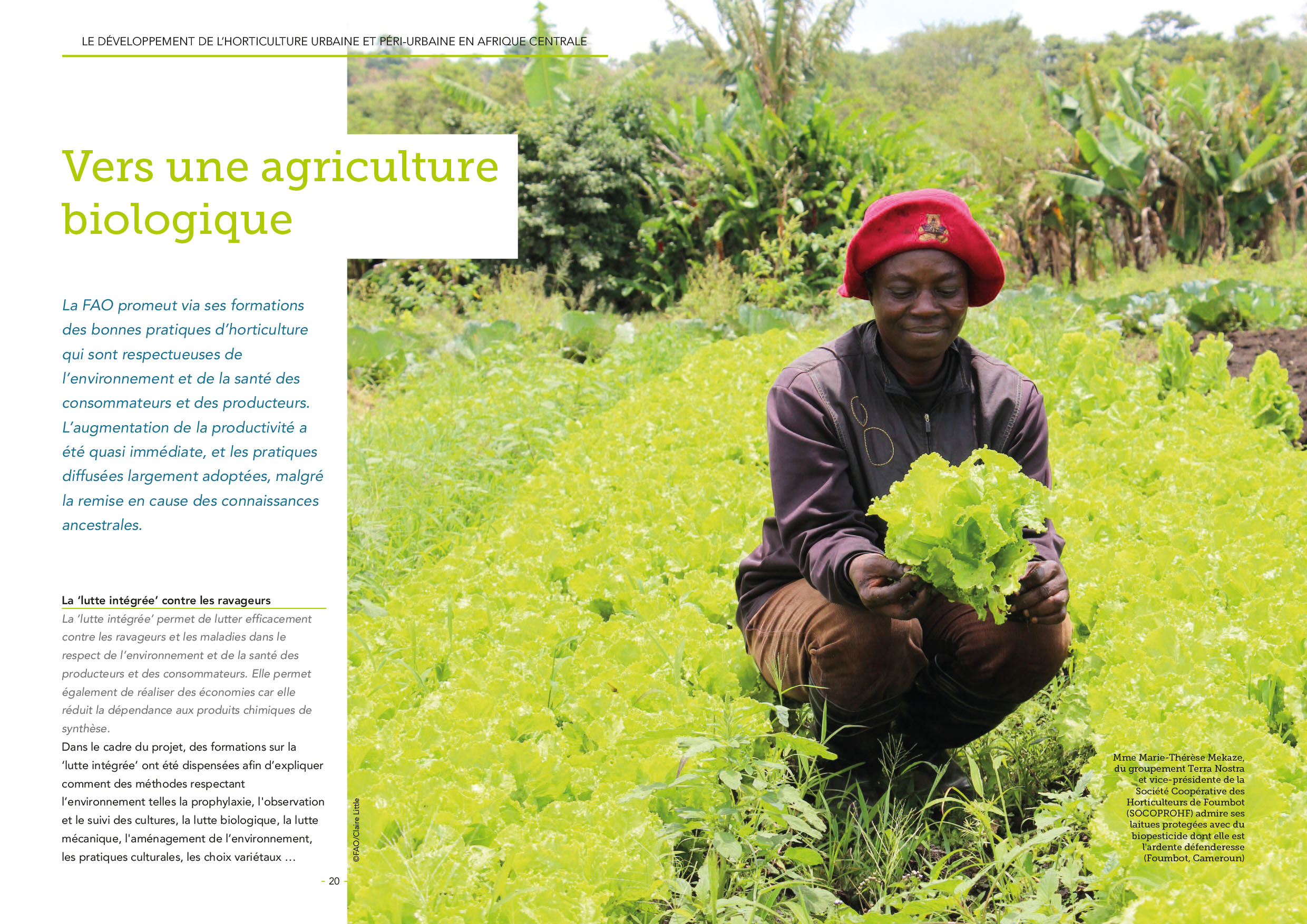Food and Agriculture Organization of the United Nations (FAO), 2017




Context
In late 2017, the project initiated by the Food and Agriculture Organization (FAO) in Central Africa to develop horticulture in urban and peri-urban areas came to an end. Over three years, this initiative supported more than 3,500 small-scale farmers and 160 agricultural product processors across six countries. The beneficiaries received extensive training, horticultural equipment, and quality seeds, which significantly increased their yields and incomes.
The FAO sought MondoForte’s assistance to communicate these successes.
Objectives
The objectives were :
- To document the project by collecting locally creative and data-based information.
- To create modern and engaging communication materials to generate interest from the general public and potential donors.
- To communicate internally about the project to create synergies with other FAO departments and share best practices.
Solution
MondoForte dispatched a consultant to gather high-quality information, photos, and videos. The consultant traveled to two cities in Gabon, two cities in Cameroon, and Sao Tomé over three and a half weeks. They met with numerous beneficiary horticulturists, ministry of agriculture employees, mayors, regional council presidents, and FAO teams.
MondoForte produced:
- A comprehensive 40-page brochure with striking visuals and testimonials that compellingly illustrate the project’s impact on the ground.
- A 2-minute video with subtitles (in both French and English) to communicate on social media and raise awareness of the project and the FAO.
- A 15-minute mini-documentary with voice-over and interview excerpts, providing a detailed, effective, and engaging explanation of the project.
- A 3-page leaflet including an infographic for broader distribution to generate public interest and visits to the FAO website.
Results
The communication materials were highly appreciated during the closing workshop held in December 2017 in Chad by the ministry of agriculture teams and the FAO, including the regional coordinator. The FAO decided to proceed with a massive distribution of the materials to attract potential donors’ interest and initiate a Phase II of the project.


